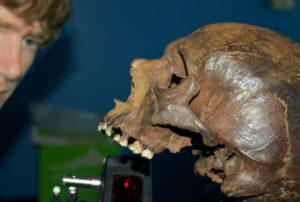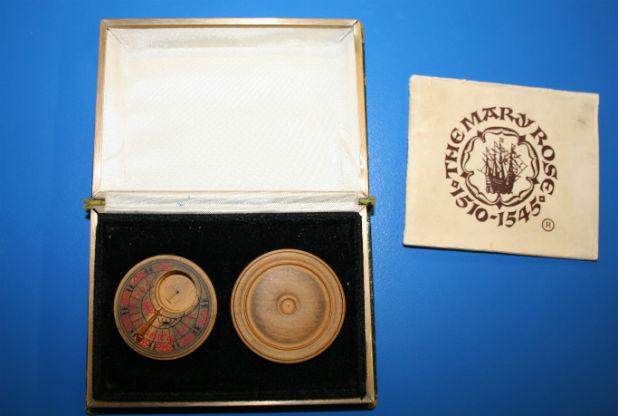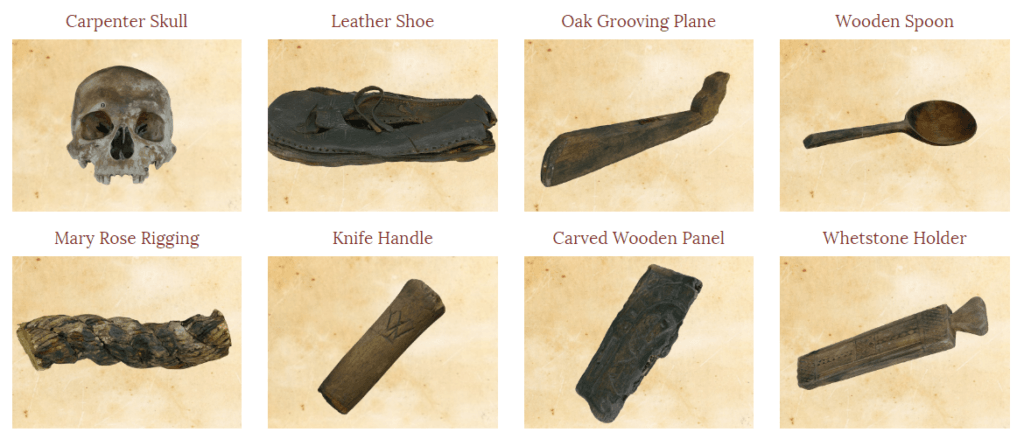 Although 3D printing has been celebrated as a technology of the future, it has also proven to have immense value in unearthing our past as well. All across the world, 3D scanning and 3D printing are being increasingly utilized to restore and replicate ancient artifacts. From monuments that have been destroyed due to the warpath of ISIS to Greek artifacts that have faded away alongside ancient cities, there are number of examples of the critical role that 3D technologies have played in this field. Even the British Library, which is the largest in the world, has recently launched a massive collection of 3D scanned historical texts and worldly artifacts.
Although 3D printing has been celebrated as a technology of the future, it has also proven to have immense value in unearthing our past as well. All across the world, 3D scanning and 3D printing are being increasingly utilized to restore and replicate ancient artifacts. From monuments that have been destroyed due to the warpath of ISIS to Greek artifacts that have faded away alongside ancient cities, there are number of examples of the critical role that 3D technologies have played in this field. Even the British Library, which is the largest in the world, has recently launched a massive collection of 3D scanned historical texts and worldly artifacts.
Once again, 3D printing technology will help bring history back to life, this time with artifacts from Henry VIII’s sunken warship the Mary Rose. Researchers from Swansea University have been closely examining the contents of the ship in order to gain a better idea of that historically important time period. As history has it, the Mary Rose sank in the Solent in 1545, which led to the loss of 500 men and the king’s flagship. Over 400 years later, in 1982, the warship was recovered from the seabed, possessing thousands of Tudor-era artifacts and 92 skeletons of the crew.
Over the last five years, Swansea University has been working with the Mary Rose Trust, at first to investigate the biomechanics of medieval and Tudor archery. After the initial project, their collaboration extended to the use of 3D printing, molecular biology, and imaging technologies, all of which have helped bring these objects and time period back to life. A number of original artifacts were placed on display, including a shoe, plane, rope, and wood from the ship, as well as a recovered knife handle and carved panel. As for replicas, the display included a 3D printed skull belonging to a crew member, longbows, arrows, a bleeding bowl, and a miniature compass, among other artifacts.
“The 3D images of skulls and objects that we recently made available online will allow researchers around the world to study them in detail, leading to new insights into the world of the Tudors,” said Nick Owen, a biochemist at Swansea University’s College of Engineering and leader of this project. “We hope that our findings will not only inspire a new generation of would be scientists but also re-create a slice of life from The Mary Rose nearly 500 years after she was sunk.”
Not only are these 3D printed objects being displayed at Swansea University, they educational institution has also collaborated with the Mary Rose Trust to release interactive 3D images of skulls and other artifacts. The display, which opened November 11 at the Swansea University’s Great Hall on the Bay Campus, was celebrated as part of Swansea University’s recently held Research and Innovation Awards. This accolade celebrates the positive impact of the university’s research projects, which range anywhere from drug policy to robotics. Discuss in the Mary Rose forum at 3DPB.com.
[Source/Images: South Wales Evening Post]Subscribe to Our Email Newsletter
Stay up-to-date on all the latest news from the 3D printing industry and receive information and offers from third party vendors.
Print Services
Upload your 3D Models and get them printed quickly and efficiently.
You May Also Like
The Market and Industry Potential of Multi-Material 3D and 4D Printing in Additive Electronics
Additive manufacturing leverages computer-based software to create components for products by depositing either dielectric or conductive materials, layer by layer, into different geometric shapes. Since its birth in the 1980s,...
3DPOD 262: Bio-inspired Design for AM with Dhruv Bhate, Arizona State University
Dhruv Bhate is an associate professor at Arizona State University. There, he looks at structures, materials, and design. Previously, he worked at PADT as well as in the semiconductor and...
3DPOD 261: Tooling and Cooling for AM with Jason Murphy, NXC MFG
Jason Murphy´s NXC MFG (Next Chapter Manufacturing) is not a generalist service; instead, the company specializes in making tooling. Using LPBF and binder jet, the company produces some of the...
3DPOD 260: John Hart on VulcanForms, MIT, Desktop Metal and More
John Hart is a Professor at MIT; he´s also the director of the Laboratory for Manufacturing and Productivity as well as the director of the Center for Advanced Production Technologies....


































